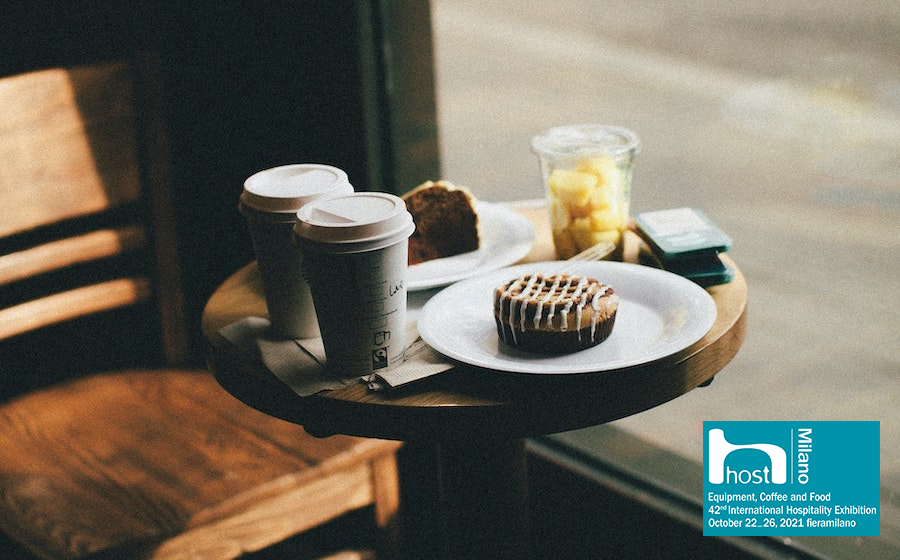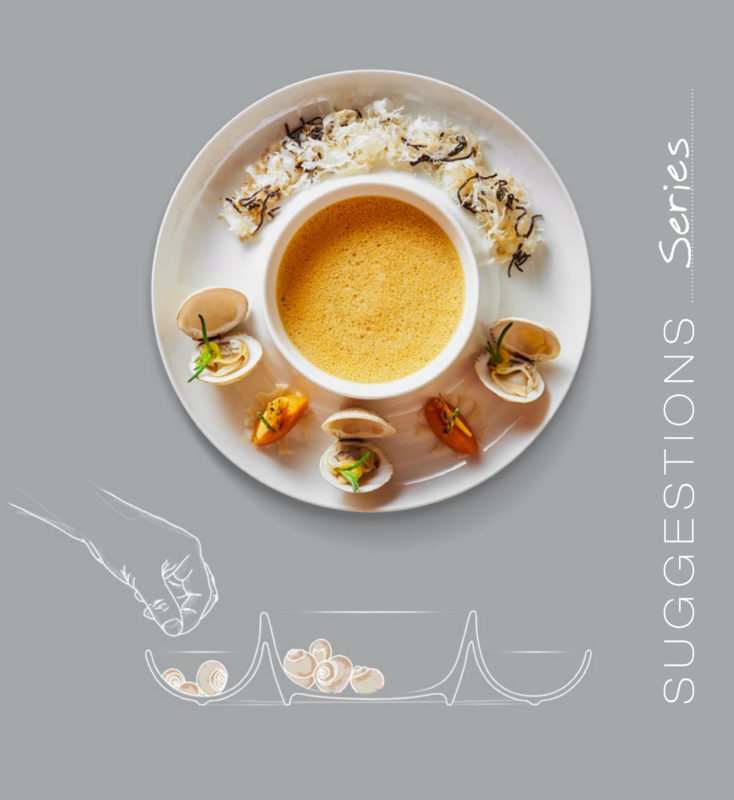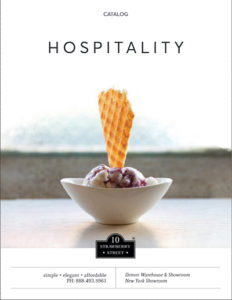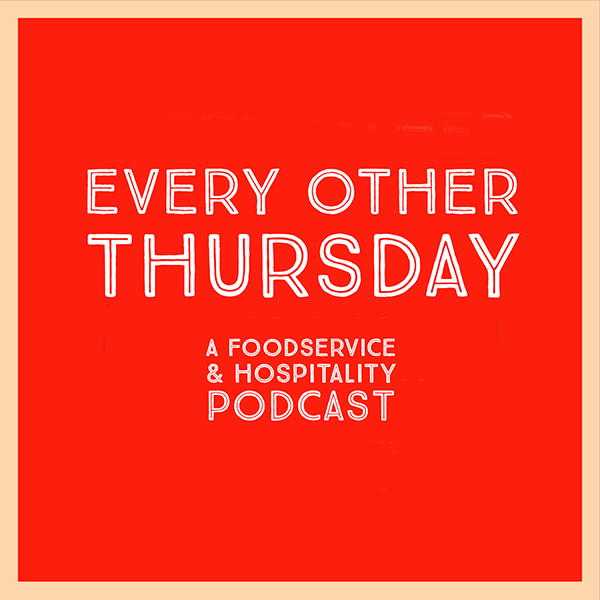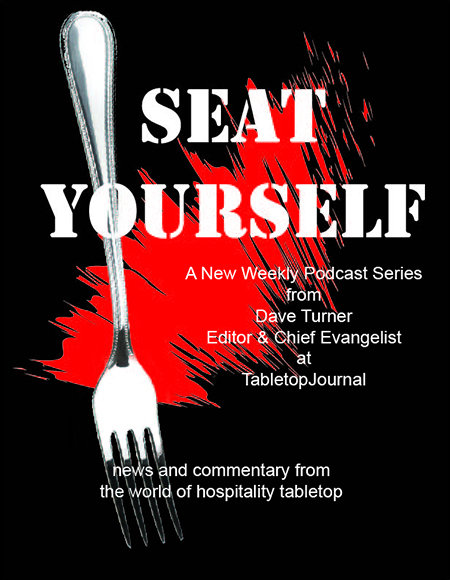Breakfast and dinner services are doing well but lunches are not, because people are still working from home. And there are changes to what consumers want, with a demand for more “substance”.
The world’s big research organisations have come to the conclusion that the out-of-home eating scenario has changed, at least for the time being. That doesn’t mean that people have stopped going out to eat – quite the reverse is true in fact. And yet many habits have changed, especially as regards when, how and the pace at which people are now working.
Confirmation of this comes from TradeLab. It found that in the month following the reopening of locales in June, as many eight Italians out of ten (38 million people) ate out at least once. However, the times of day when people prefer to go out to eat have changed, shifting particularly to breakfast and dinner time. Bars have been one of the preferred places to go in this initial phase of recovery, firstly because they can cover most mealtimes and because, at very little cost, they have been able to increase their capacity by using outdoor spaces, and secondly because they are a firm fixture even in small towns and villages, where they have a regular clientele. So the big draw is the traditional breakfast at the bar, followed a little way behind by dinner, which many are using as a way to at last socialise once again after many months in which that was impossible. The early evening aperitif moment seems to be winning back its aficionados, while pre-lunch aperitifs are also becoming popular, and in some cases are preferred to the evening sessions.
The slowest moment of the day right now is lunchtime, to a large extent because so many people are still working from home: over 30% of those interviewed said they haven’t gone back to the office yet.
“While customer numbers are now close to 2019 levels, Italians are going out less, they aren’t spending quite as much, and they have become more selective about when and where they eat out,” says Angela Borghi of TradeLab. “Spending on dining out in the evening is now more or less back to where it was in 2019, and in some cases is actually doing better than in the past, unlike lunchtime. Other times of the day where trade is now quite brisk is the afternoon break, which has benefited from the fact that kids and adults are at home together, and then also aperitif time.”
Euromonitor, meanwhile, provides a glimpse of what post-Covid consumers actually want when they go out. It identified six trends for the future that look set to influence all sectors.
1) Sustainability extending into a broader eco-aware approach, which brings social, environmental and economic benefits.
2) The growth in Hometainment, in which online experiences need to have the same value as being with people.
3) The growth in digital channels, with a rapid switch to e-commerce and click-and-collect purchases.
4) The redefinition of wellness, with consumers focused on achieving optimal health.
5) “Useful” innovation, i.e. the kind that can satisfy fundamental consumer needs, with product development guided by the efficiency and value they bring.
And finally ….
6) a set of long-term changes the New Normal brings with it: online shopping, remote living (the increasing popularity of suburban areas and of small communities in and outside the city), a reduction in unnecessary purchases, and more personal care.
As for out-of-home eating in the USA, Mintel dares to forecast a return to pre-pandemic sales levels by 2023.
“Dine-in restrictions will shift the focus to off-premise options in the short- and medium-term (end of 2020). In the short term, drive-through, takeout and delivery options will help mitigate the decline in sales. In the long term (one to two years from now), continued investments in off-premise dining will help operators recoup sales, but foodservice will continue to be challenged in the recession as consumers cut back on discretionary purchases,” says Amanda Topper, associate director of Foodservice at Mintel.
Restaurants with a limited service (fast food, fast casual) will suffer less, not least of all because they were already well equipped on a digital level before the emergency. Restaurants providing a full service will see a 39-42% fall in their business this year, while those offering a limited service will only see a 13-18% drop.
The next edition of the HOST Milano tradefair will be held 22-26 October 2021. For more information, please visit: http://host.fieramilano.it/en

